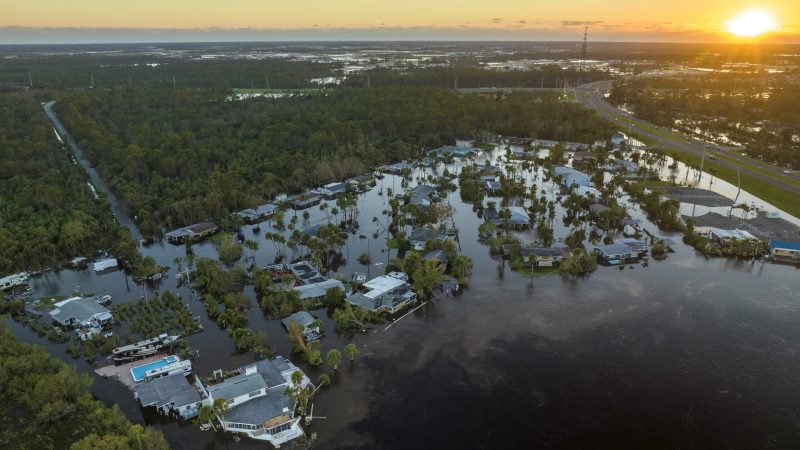Severe weather events seem to be increasingly common in today’s world. Each morning, as we tune into the weather channel, we’re greeted with reports of surging fires, intense heatwaves, and, notably, coastal flooding. This isn’t just an inconvenience; it’s a stark reminder of the profound effects of climate change.
Coastal flooding, in particular, has become a pressing issue. According to studies published by NOAA and NASA, coastal flooding has surged by up to 900% over the past 60 years. That’s right—900%. This dramatic increase highlights the urgent need for action.
In the United States, we has about 95,471 miles of coastline, with approximately 127 million people living in these vulnerable areas—about 40% of our population. These figures underscore the gravity of the situation and the widespread impact of severe weather on our daily lives.
There isn’t a one-size-fits-all solution to prevent coastal flooding. No magic formula exists to halt this trend. However, understanding our current situation and the projected trajectory is crucial. NOAA forecasts that sea levels could rise by 3 to 7 feet over the next century. Flooding events that were once considered rare—occurring every 100 years—may become routine.
So, what can we do? It’s time to recognize that this is not someone else’s problem but ours. We need to pause our busy lives and focus on meaningful action. This involves investing resources, time, and effort into reducing our carbon emissions. Supporting architects and engineers in designing buildings that account for climate change is also vital. Every effort counts, and we can make a difference if we start today.
By embracing proactive measures and fostering a culture of awareness and adaptation, we can work towards mitigating the effects of coastal flooding and ensuring a more resilient future for ourselves and future generations.




